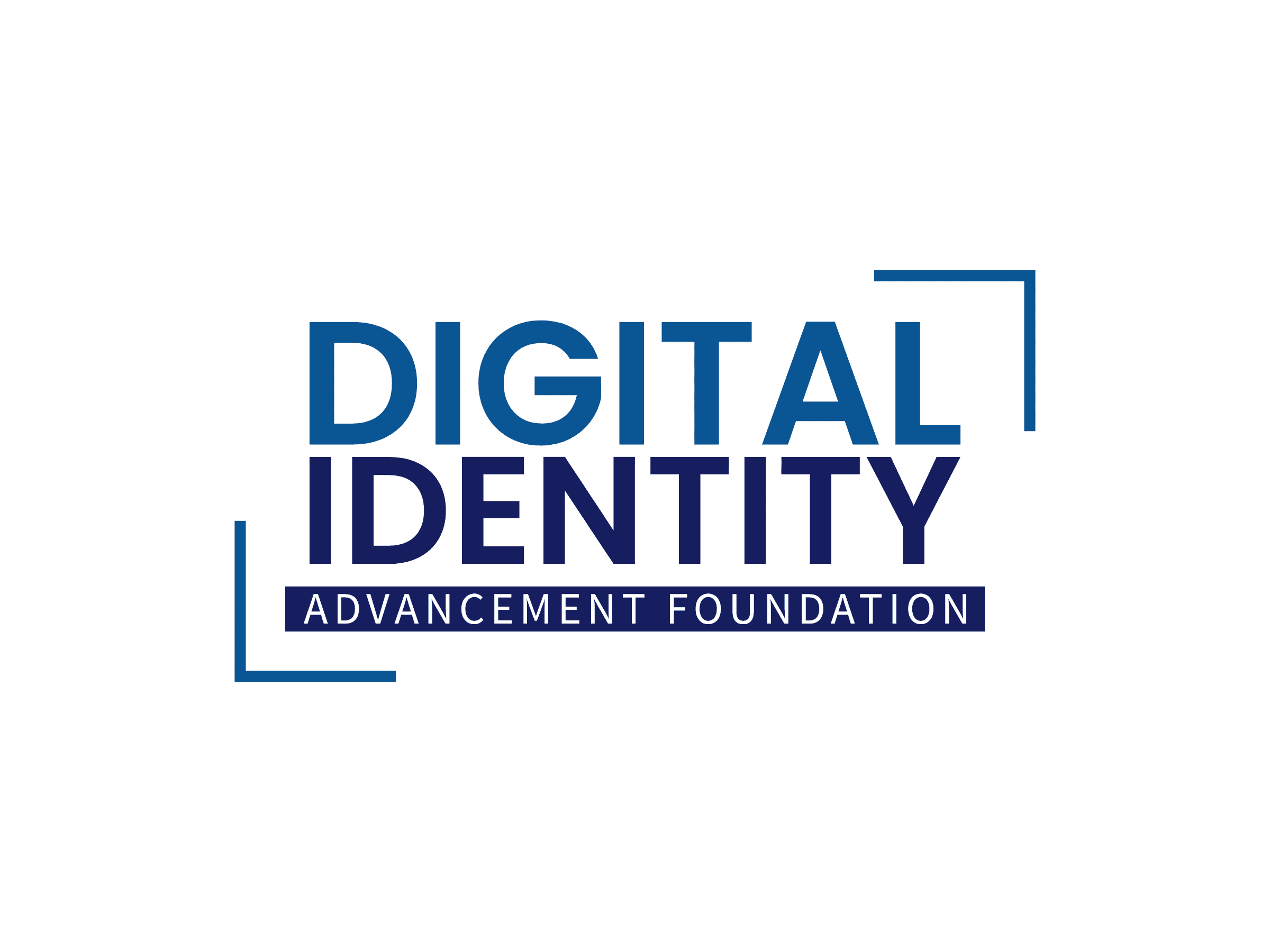
Lenah Chacha is a 2025 Kim Cameron Awardee.
DIAF supported her journey to the European Identity and Cloud Conference in May 2025. Here, she reflects on her experience.
Joining a Community
From May 5-10 2025, I was honored to attend the EIC conference in Berlin as a 2025 Kim Cameron award-winner. The five-day event was packed with knowledge-sharing, vibrant discussions, and actionable insights from the entire identity ecosystem.
Beyond what was happening indoors, it offered multiple networking opportunities to build and develop industry connections – and a dinner cruise along the scenic Spree river that I will not forget in a hurry!
The EIC served as a true meeting point for diverse audiences—a dynamic blend of technologists, policymakers, and practitioners showcasing real-world implementations.
Viewed from another angle, it functioned as a unified ecosystem, presenting identity deployment experiences across a wide spectrum: within enterprises, across organizational boundaries, and at national and international levels. Whether you were a beginner, intermediate, or expert, there were rich conversations tailored to every stage of the identity journey.
A Global Problem-Space
A few months before EIC, I had taken an interest in the bold idea that a single digital wallet could one day replace the nine government-issued IDs currently packed into my physical wallet.
But what truly stayed with me was thinking about how this technology might—or might not—serve someone in my rural village in Kenya. Someone who, by choice, uses a basic feature phone because it can hold a charge for four weeks. It made me question: as we push forward with digital identity innovation, how likely is it that our evolving definition of ‘inclusivity’ will lead to solutions that are not only secure and scalable, but also simple, accessible, and practical enough to carry five or more ID cards digitally—even for those at the very edges of connectivity?
We Need Multi-Faceted Solutions
At EIC I embraced an exploratory mindset – sometimes stepping into sessions simply because I had no idea what the conversation was about.
Solving a problem isn’t a straight line—it’s a dance in every direction. The sessions I participated in left me with some key observations that I will continue to explore:
- Common global challenges: We have very similar fundamental challenges at the national level, such as cultural and historical events that affect how identities and issuers are perceived.
- Champion use cases: What use cases will really drive the adoption of digital identities?
- Interoperability is required: There are over 28 standards in digital identity, such a rich palette! Where does one begin in choosing a standard and how do these interoperate?
- Emerging tech: Are AI and quantum computing opportunities or threats to digital identity? Or both?
- Emerging threats: How effectively could AI be used to carry out biometric injection attacks—and are we prepared to adapt to post-quantum cryptography (PQC)?
- Protecting wallet ecosystems: Four key requirements came up in relation to wallet-based ecosystems:
- Allow multiple providers in the ecosystem
- Strict certification of wallets
- Relying parties should register and indicate the data they will collect from credentials, in an attempt to minimize the data that is collected beyond what is required for service
- Establish strong consumer protection and accessible complaint mechanisms.
- Hardware binding of credentials: There are different approaches to how and which hardware can be made available to different populations for High Assurance use cases. The question I still ask myself is “how do we make these available in a simple, accessible, and user-friendly enough way to reduce risks like identity theft and the need for delegation due to inefficiencies?”
- The intersection of identity and cybersecurity: There are many emerging developments that I’m excited to see. In particular, the use of a strong ID that is linked to other systems, the use of signals at corporate and national levels. I am especially excited about the use of signals for national identity systems and in the context of Non-Human Identities.
Above all, I am very grateful to all the familiar faces and new faces I met at the IEC. The people who diligently answered my endless questions or pointed me to the right person to speak to and the warm community at large.

A special thanks to DIAF leadership and partners: Ian Glazer (DIAF), Gail Hodges (OpenID Foundation), Martin Kuppinger (EIC), Adam Cooper (World Bank), Kristina Yasuda (OIDF & SPRIN-D), Michael Jones (OIDF), Elizabeth Garber (DIAF), and many more – the list is endless!
Will I attend and recommend EIC 2026 in Berlin? Definitely

Leave a Reply